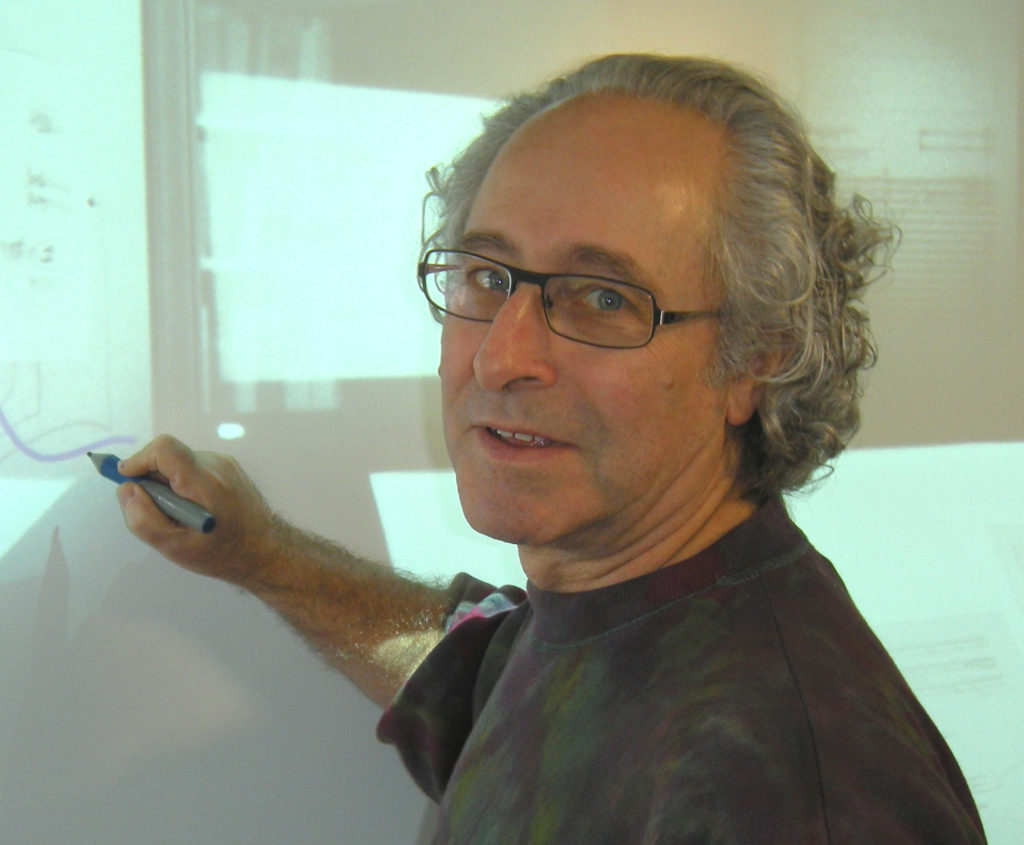![]()
Interference Arts employs music, multimedia performance and installation, arts-based community development, and future visioning research to promote healthy individuals and vital, sustainable communities. We believe that the arts play an important role in addressing human challenges and breaking down traditional barriers to communication and problem solving.
In our exploration of issues important to humanity, we disrupt the status quo to engage people in process, conversation and community action. Our work serves as a call for artists and audiences alike to act—to interfere—constructively and collaboratively, deepening community conversations and paving the way for change. Interference Arts projects include music and multimedia performances, installations and gallery exhibitions, community development initiatives where the arts play a significant role, and arts-focused research envisioning the world far into the future. Artwork focuses attention on individual and communal understanding, and on clarifying our goals and our path. Community development initiatives employ the arts to address community challenges, and are targeted towards infusing the arts as a critical component of creating healthy and sustainable communities. Research activities envision the future as a means to highlight current conditions, and to clarify a path to achieve long term strategic goals.
 Craig Harris is the Artistic Director of Interference Arts and is a composer, theater artist, writer and producer. Harris creates music, multimedia performance works, interactive sculptural environments, and creative story spaces. He has a decades-long commitment to arts-based community development, pursuing a wide variety of projects – incorporating new technologies that serve artists; implementing publishing, conference and festival platforms to facilitate sharing of knowledge and collaboration; and advancing creative facilities and organizational development projects. He employs future visioning research approaches to examine current artistic practices, and to illustrate how improved resources could better serve artists’ creative needs and audience experiences.
Craig Harris is the Artistic Director of Interference Arts and is a composer, theater artist, writer and producer. Harris creates music, multimedia performance works, interactive sculptural environments, and creative story spaces. He has a decades-long commitment to arts-based community development, pursuing a wide variety of projects – incorporating new technologies that serve artists; implementing publishing, conference and festival platforms to facilitate sharing of knowledge and collaboration; and advancing creative facilities and organizational development projects. He employs future visioning research approaches to examine current artistic practices, and to illustrate how improved resources could better serve artists’ creative needs and audience experiences.